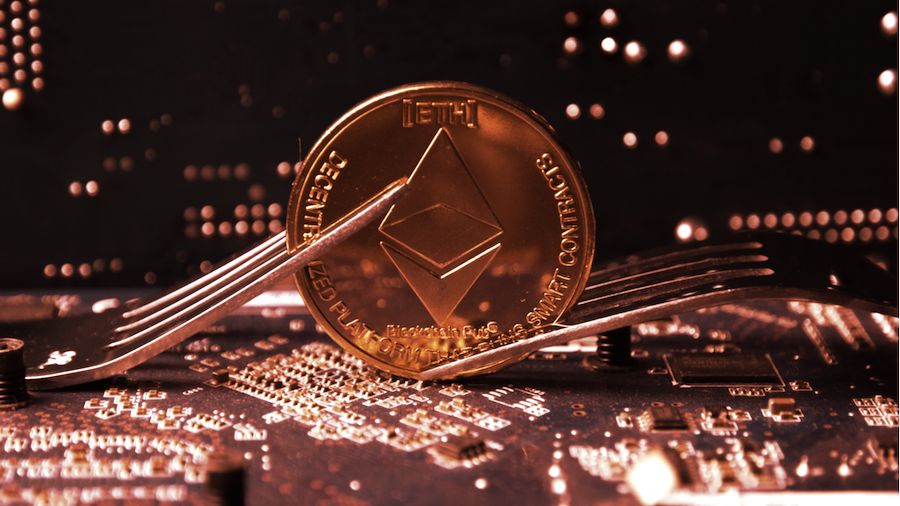

The London hard fork, a scheduled upgrade to Ethereum, is first making its way to the blockchain‘s test networks.
Tim Beiko of the Ethereum Foundation announced today that London will go live on the Ropsten testnet around June 24, followed by Goerli on June 30, and Rinkeby on July 7. (All dates are estimates and could shift slightly depending on how long it takes blocks to be mined.)
“Once the upgrade has successfully been activated on these networks, a block will be set for the Ethereum mainnet,” the blog post notes. That should be in July.
London is now finally ready to hit testnets
Next week, Ropsten, will upgrade, followed by Goerli & Rinkeby the weeks after.
Read this to find out how to prepare for the upgrade & expect another announcement when a mainnet block is chosen
https://t.co/tq0Hq56MxV
— Tim Beiko | timbeiko.eth
(@TimBeiko) June 18, 2021
The London upgrade will implement five separate Ethereum Improvement Proposals (EIPs), which are changes to the blockchain’s code that must be broadly agreed upon by community members before they can be adopted.
The most controversial change is EIP-1559, originally floated by Ethereum creator Vitalik Buterin, which alters how network fees work and how miners—the people running the software that processes all the transactions and mints new ETH—get compensated.
Currently, every time someone makes a transaction or interacts with a smart contract on Ethereum, they must decide on a fee, which is more or less a guessing game. To push through a transaction quickly, you can set a high fee, all but ensuring miners will include it in a block. If you lowball (intentionally or not), your transaction will likely wait until miners are less busy processing higher-paying transactions. Speed is important in several instances, including when trading upon Ethereum-based decentralized exchanges such as Uniswap, where token prices can swing rapidly; traders lose money if they wait.
To tackle this issue, EIP-1559 will double the capacity of blocks.
“This implies that most of the time, blocks will have an ‘extra’ 100% of their capacity that they can fill with transactions. So, as long as a transaction is sent with a fee higher than the BASE FEE and includes a tip for the miner, it will be included in the next handful of blocks.” (If the network is super-congested, the fee structure will use the current auction system.)
The added transparency is billed as an improvement to user experience. Some miners, however, claim that it’s deleterious to their experience. Under EIP-1559, that base fee is “burnt” (meaning taken out of circulation) instead of going to miners. The idea is to turn ETH, which doesn’t have a supply limit like Bitcoin, into a deflationary asset—or, at least, create some “deflationary pressure.”
Less ETH in circulation should theoretically be good for miners because it can increase demand and the exchange price for Ethereum, which miners will still get as a reward every time they create a new block.
SparkPool, the biggest mining pool in Ethereum, isn’t persuaded and has come out against the change. In February, it wrote, “EIP 1559 burning tx fee is wealth redistribution, from miner to holder. That’s why so many people support it….But it is a tyranny of the majority in the name of better UX(in fact not). It is robbery.”
As long as London is only on testnets it’s just experimental “robbery.” But the upgrade is nearly here.
Technology, ETHRead More





